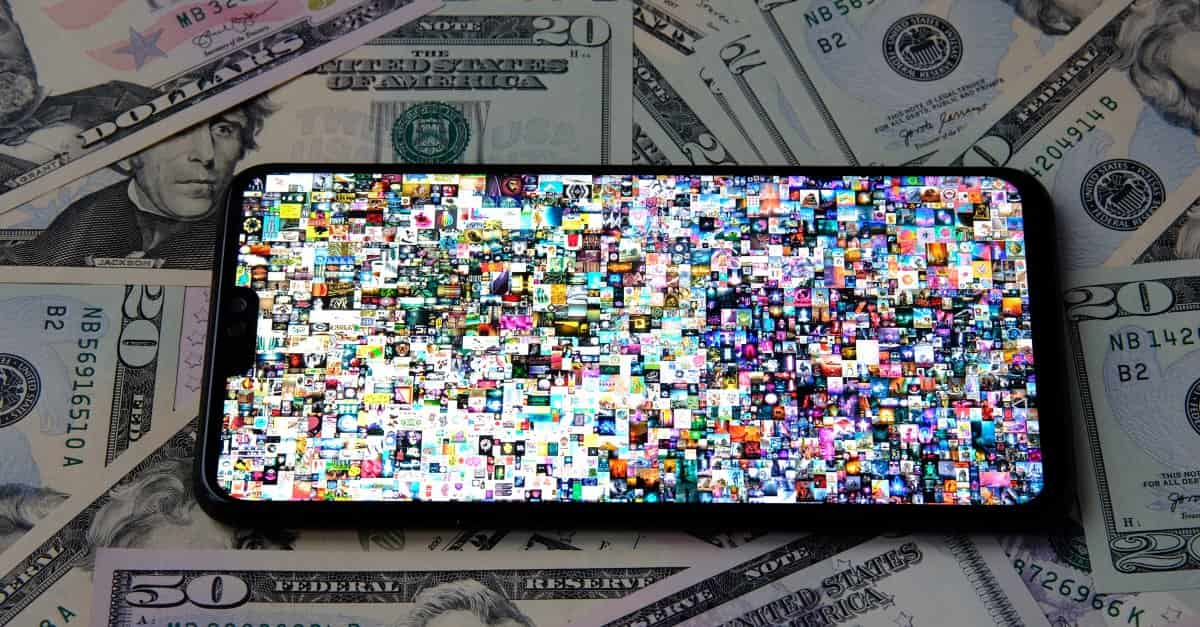

Since their inception in 2015, non-fungible tokens – or NFTs as they are better known – have developed rapidly, disrupting the art world and other industries, while raking in a significant amount in revenue.
Fundamentally, NFTs allow you to buy and sell ownership of unique digital items such as drawings, GIFs, memes, songs, collectibles etc, while keeping track of who owns them using blockchain.
So far, Ether has been the most often utilised cryptocurrency for transacting NFTs, owing to its dual role as the native asset for the blockchain platform (Ethereum) that hosts the vast majority of decentralised applications and NFTs.
However, while some investors do not have issues transacting NFTs with cryptocurrency, it is, perhaps, not the best option for some other investors who would prefer to use fiat currency.
As such, some potential investors have been looking forward to using fiat currency to buy and sell NFTs, keeping in mind that the emerging initiative would probably become the next big step for the art and collectibles market. More so, by integrating fiat payment options regular buyers will be able to seamlessly access NFT markets regardless of their host chain.
It is unsurprising that investors and professionals within the crypto and NFT spaces have thrown their support behind the inclusion of fiat currency, such as dollars, as an alternative payment method in NFT marketplaces.
For one reason, this would mean more mainstream adoption, given that such an industry move is capable of steering interest mostly from the traditional market, the majority of whose participants prefer to use fiat over any cryptocurrency. But where are these changes coming from?
The global payments company Mastercard recently sealed a deal with Coinbase, which will see customers use Mastercard credit and debit cards to make purchases on the crypto exchange’s upcoming NFT marketplace. Coinbase has finally understood that introducing fiat into the system will reduce friction in the NFT buying process.
Likewise, NFT platforms such as Rarible now let users buy NFTs with credit cards. Rarible has enabled this feature in more than 190 countries, making it easier for people interested in NFTs to get them without undergoing the otherwise strenuous process of buying and holding cryptocurrency.
Like Mastercard, other payment solutions companies are following suit. Moonpay, for instance, allows users in more than 160 countries to seamlessly and directly purchase NFTs in any marketplace, using their chosen fiat payment method (credit or debit card, for example).
OpenSea NFT marketplace is also planning to give its customers the room to use fiat currencies to make purchases of NFTs or upload NFTs.
While the benefits are endless, the usage of fiat payments will make it less arduous for newbies to purchase NFTs. In contrast, moving Ether from an exchange to a Web3 wallet and then purchasing the NFT is a process that usually incurs heavy costs, and may potentially turn newcomers away.
Currently, the Ethereum network is the most expensive blockchain to transact and build on in terms of gas fees. To paint a perfect picture, in May 2021, Ethereum network fees increased by a staggering 470%, reaching a new record high.
While the cost of gas used in creating an NFT item does not guarantee any gain in the long run, it then becomes even more challenging for most people to invest heavily in the space.
Most NFTs marketplaces require you to open a crypto wallet, buy crypto assets such as Ethereum and subsequently use it to purchase NFTs. Albeit, things are taking a different turn with fiat currency thrown into the mix.
For instance, Coinbase will allow users to buy and sell NFTs without using cryptocurrency. However, buyers will still need a crypto wallet to store the NFT after the purchase.
Furthermore, Coinbase’s partnership with Mastercard will let cardholders purchase through both credit cards and debit cards. It is laudable that buying and selling NFTs will now be inclusive and a walk in the park.
In conclusion, the use of fiat currency within the NFT marketplaces will break away the segmentation between those who are crypto inclined and those who aren’t.
Before, users who were not crypto-inclined weren’t much involved in NFT marketplaces, but with the latest development, things will begin to take a new turn, and bridge the gap for traditional investors.
Denver, Colorado, 24th February 2025, Chainwire
Denver, Colorado, 20th February 2025, Chainwire
Washington, D.C., 18th February 2025, Chainwire
Dubai, UAE, 27th January 2025, Chainwire
Those who enter the market at this time may be surprised to hear that Bitcoin…
George Town, Grand Cayman, 22nd November 2024, Chainwire